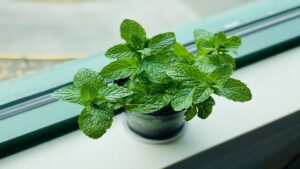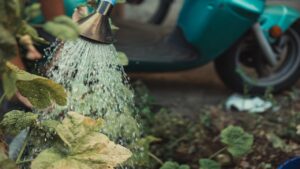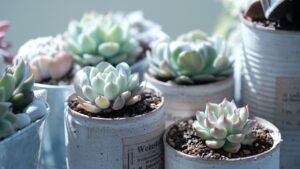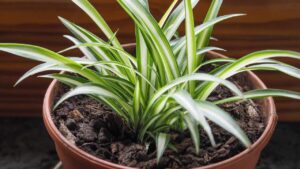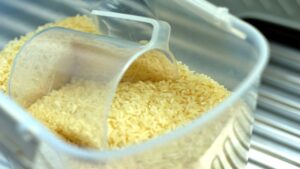Does the Plum Not Bear Fruit? Here Is the Gardener’s Trick
If your plum tree isn’t producing fruit, there’s no need to remove it. Instead, try to understand why it’s not yielding a good crop. For example, it may happen that the absence of fruit depends on the presence of insects which are slowly but surely ruining your plant. However, if this is not the case for you, then perhaps you should consider a different intervention for your plant. Gardeners who seem to be more knowledgeable offer us a pretty good tip and suggest that maybe your plant might not have the energy needed for flowering. Have you ever considered this possibility? In this scenario, you can either wait for the next harvest, hoping for better results, or you can take steps to intervene and address the situation.
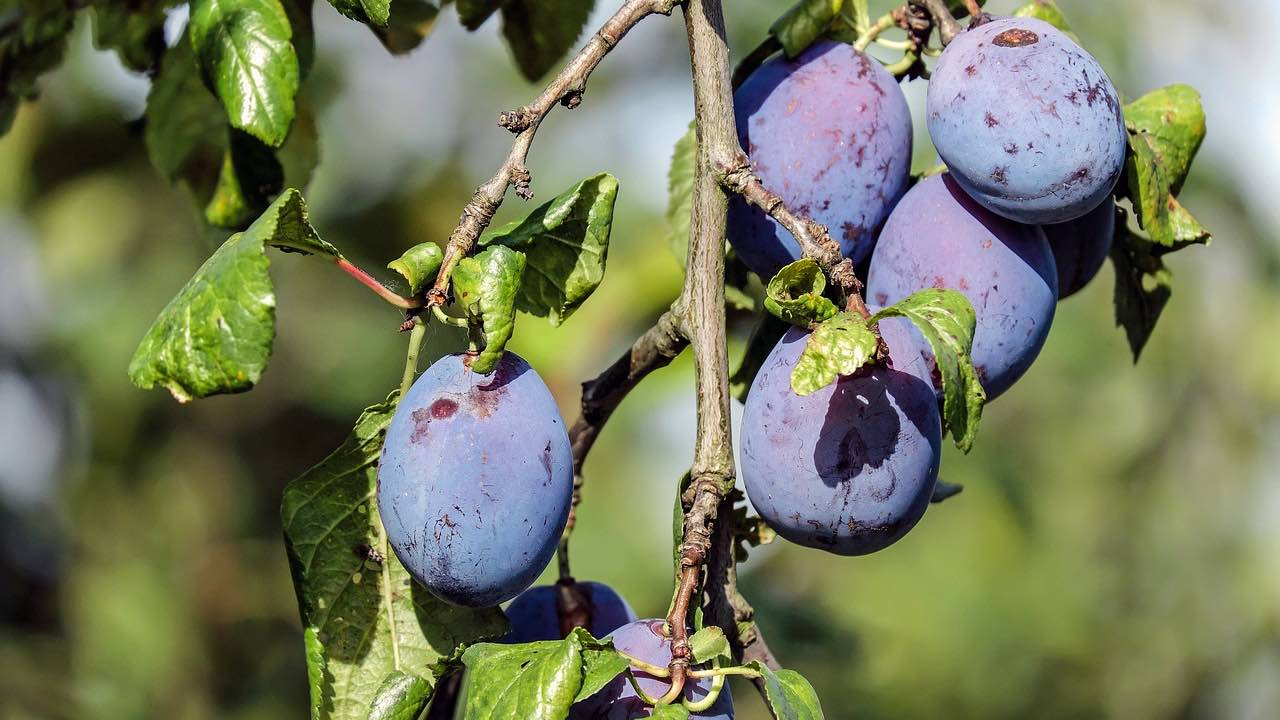
Here’s What You Can Do
For your plant to bear fruit, it’s essential to ensure the soil has the right level of acidity. If a test reveals that your soil is not in the correct range, you need to take action. Add around 300 grams of gypsum per square meter in the area where the plant is growing. After spreading the powder, you can proceed to add water. A tip: Do this before the active growth period, and you can also use dolomite flour instead of gypsum. In both cases, the substances will penetrate the soil and regulate the acidity level, making it perfect for the plant itself.
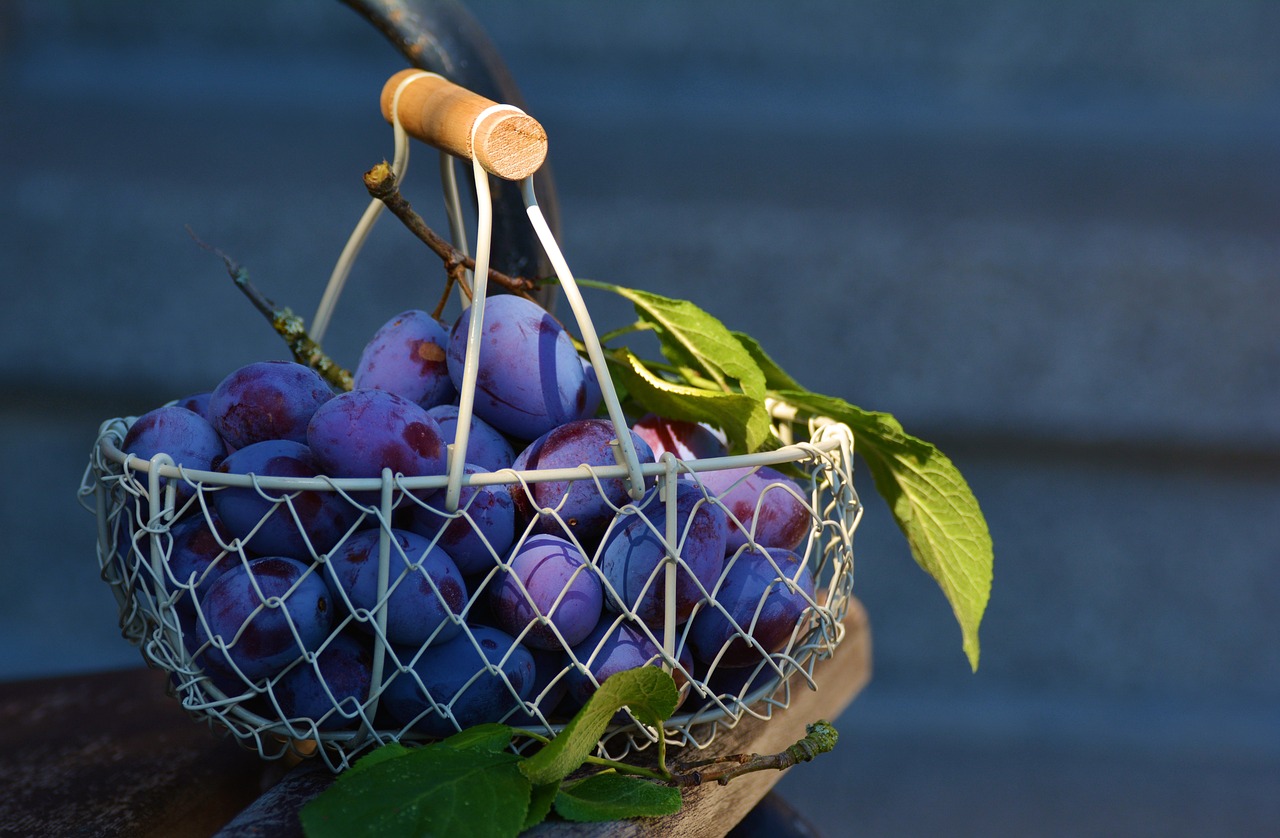
Gypsum is the real trump card for gardeners who take advantage of its nutritional properties for the soil. Enriching the soil around your plant translates to achieving a richer and more abundant harvest. It’s advisable to follow these steps whenever you observe your plant struggling, ensuring consistent and bountiful fruit production.
